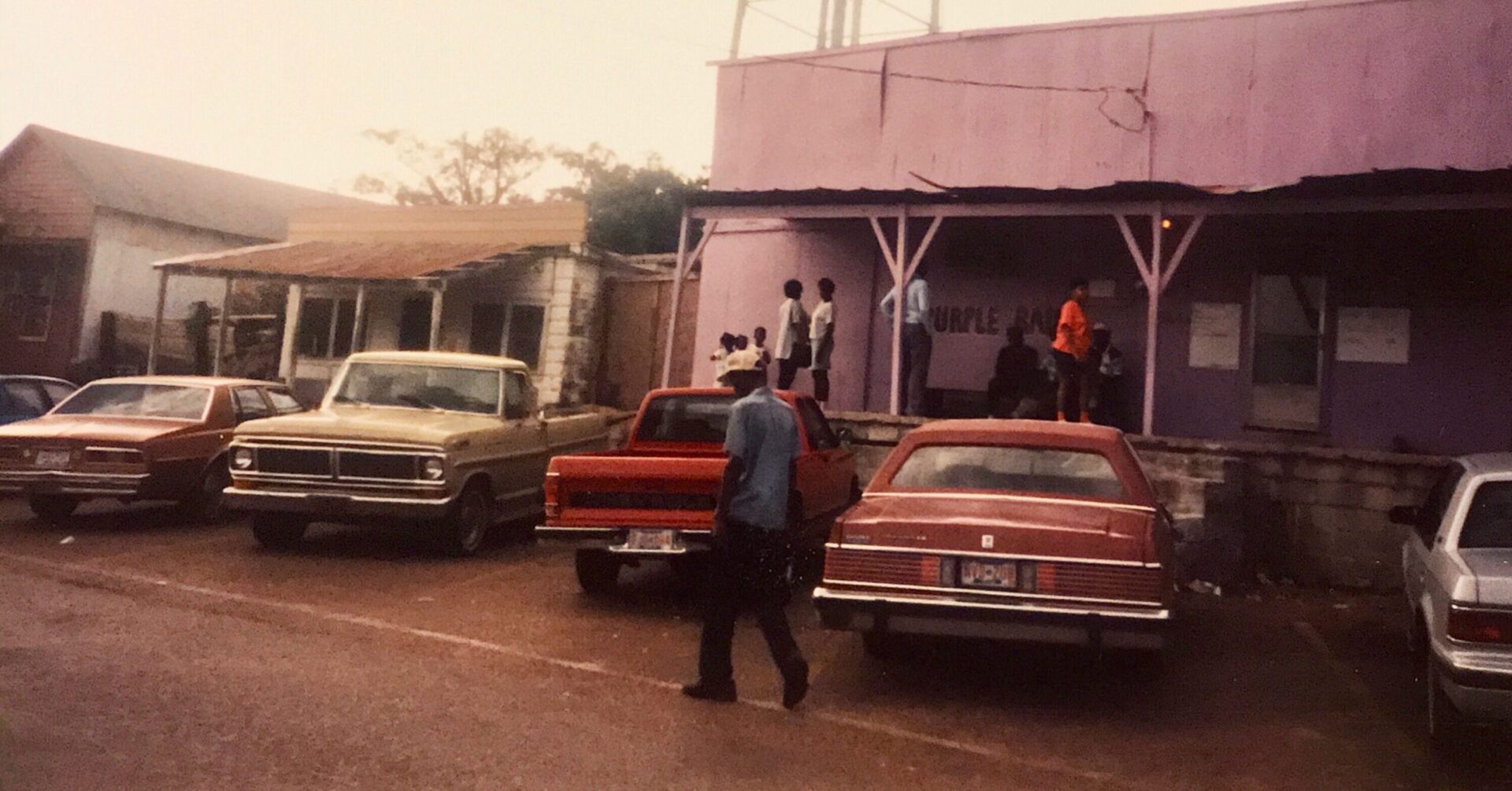

















































































In my ongoing research on West Tennessee fife and drum music, I have focused a great deal on Fayette County, largely because of its demographics and similar features to Marshall County, Mississippi, its neighbor to the south, famous for Hill Country blues. Fife and drum bands are known to have existed in Fayette as late as 1980. Of course, I haven’t ever found any existing fife and drum bands in the county today, and wasn’t expecting to see any as I drove around Fayette County on Easter Sunday afternoon. But I did stumble on a number of old and historic schools, some of them on land that clearly had been donated by churches, which helps to further my theory that the churches were the first institutions of African-Americans during the early days of freedom and Reconstruction. It appears that the churches donated the land for schools to be build beside them, and then the burial societies and fraternal organizations were founded by church members and often met in the church buildings. Once I discovered that Google Maps was showing the location of many former schools in the county, I spent the warm, sunny afternoon driving around to many of them. Some of them were gone without a trace, but it was shocking how many times the location shown by the map was the location of a church. A couple, such as Braden-Sinai and Seymour Schools, have been converted into residences where people are living. Others like Glade Springs School, on the grounds of Pulliam Chapel MB Church, are abandoned and ruined, while at the site of the old Garrett School, nothing remained but the twisted superstructure of a swingset and piles of bricks. A couple of the school sites were in the backyards of private houses, making it impossible for me to visit them. But I did stumble onto another cool find, the Joyner’s Campground, a 125-year-old site near a creek where an old-fashioned camp meeting revival is held every summer. Although the roots of the event seem to be Methodist, all believers are welcome, and the site seems very beautiful and inviting, with plenty of woods and water. Although I saw much in the way of architecture and nature, what I saw very little of was people, which I considered strange compared to previous Easters when I had driven down into the Delta and seen people out in every little town, dressed in their Sunday best to see and be seen. Only the Gilliam place at Fredonia showed signs of a large party or get together, complete with a DJ, but it was clearly a private affair, for the family only, and anyway, no fifes or drums in sight. To end the day, I made my way to the Shelby County town of Eads, which nowadays is part of the city of Memphis, yet seems to have more in common with Fayette County in appearance and atmosphere. I took my last pictures there as the sun was fading. While my primary focus is ethnomusicology, I also think it is important to get photographs of the old Fayette County which is threatened by the onset of suburban tract subdivisions and regional shopping centers. One day, not long from now, Fayette County will look no different than Bartlett or Collierville.
Founded 1963 Relaunched 2019. The Postmodern South.
